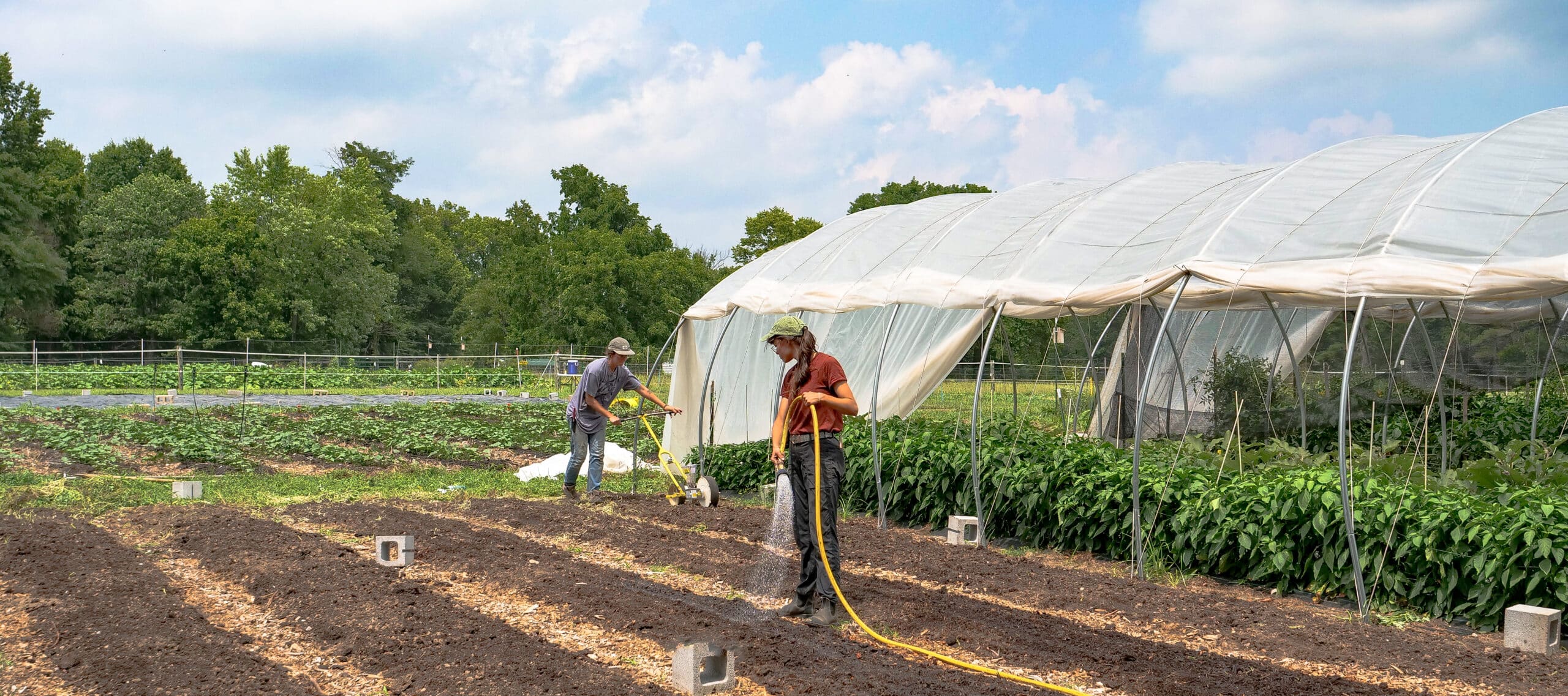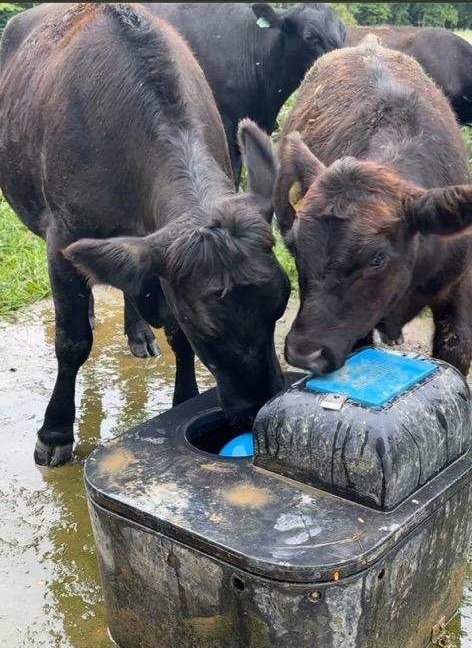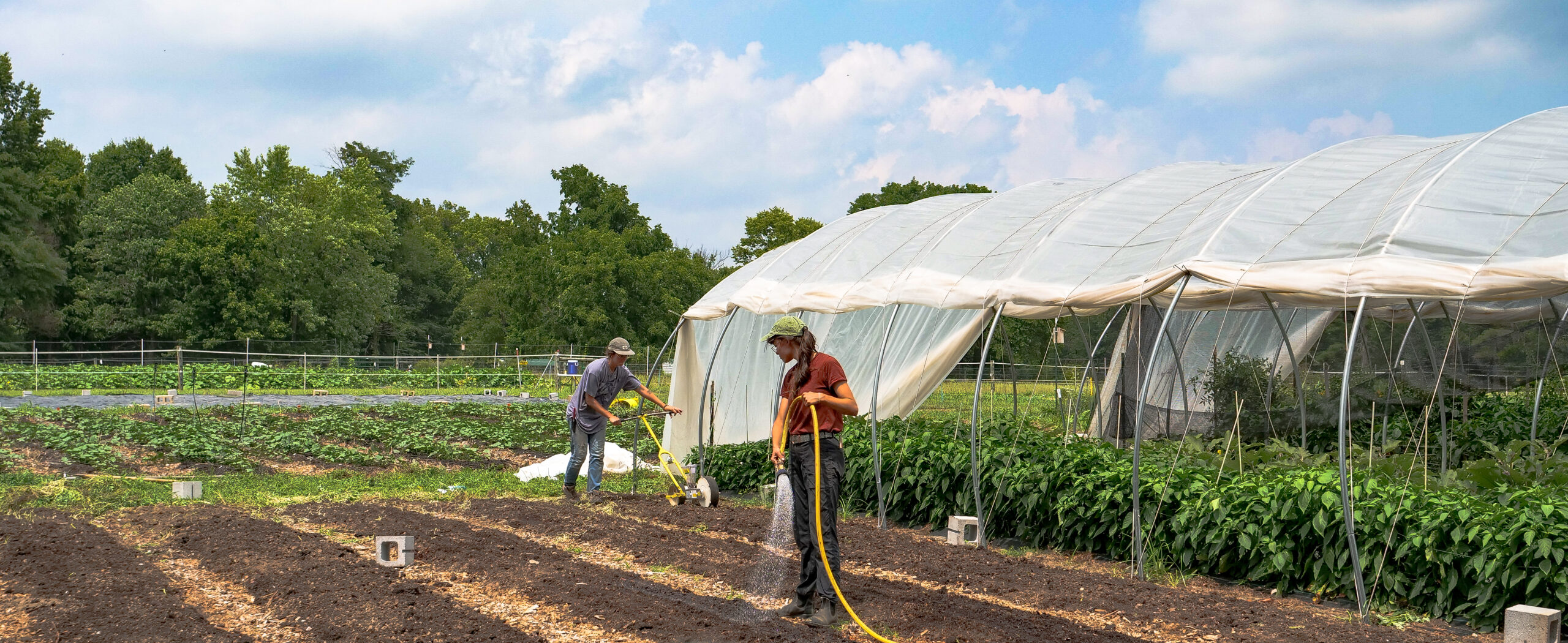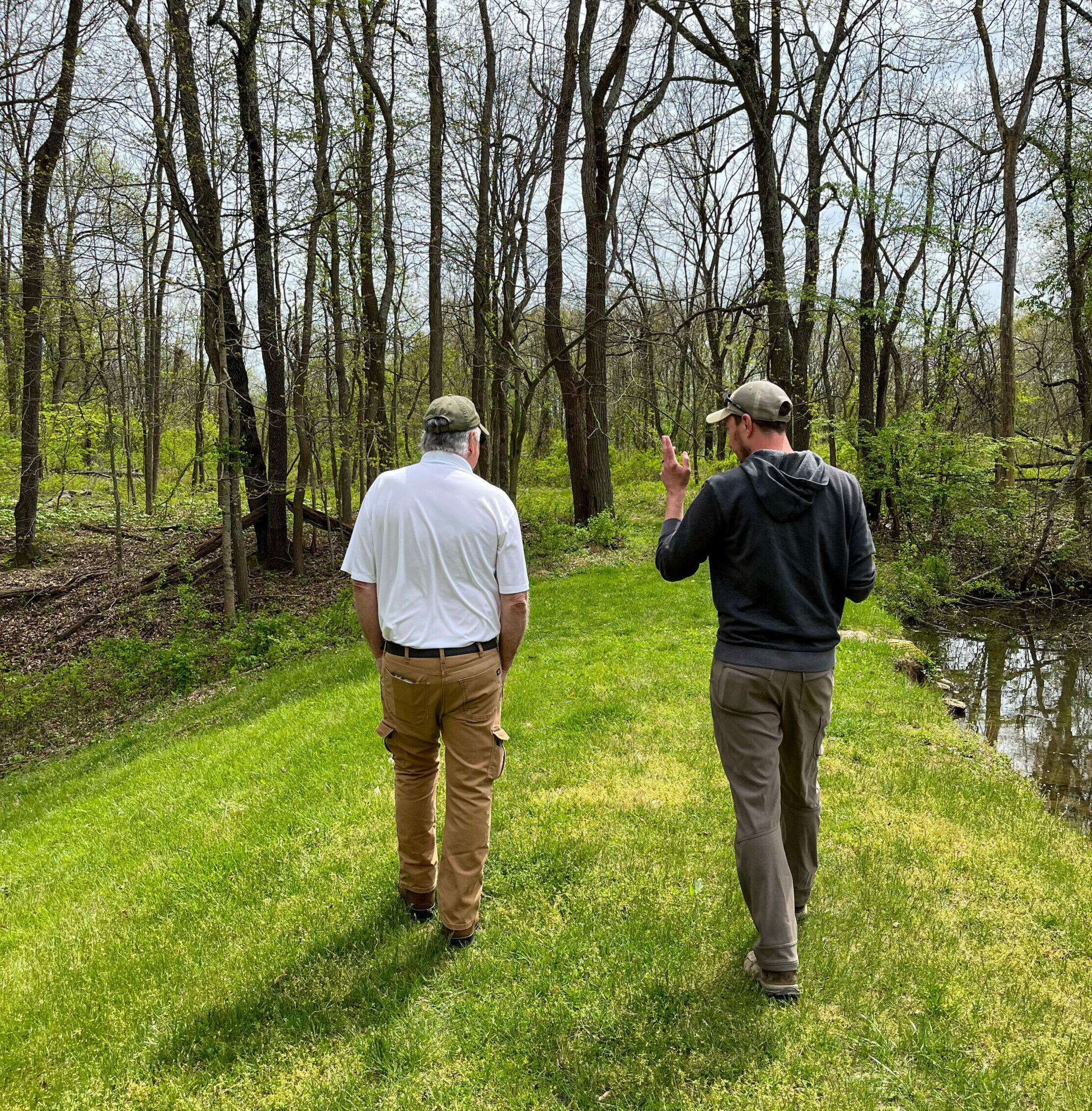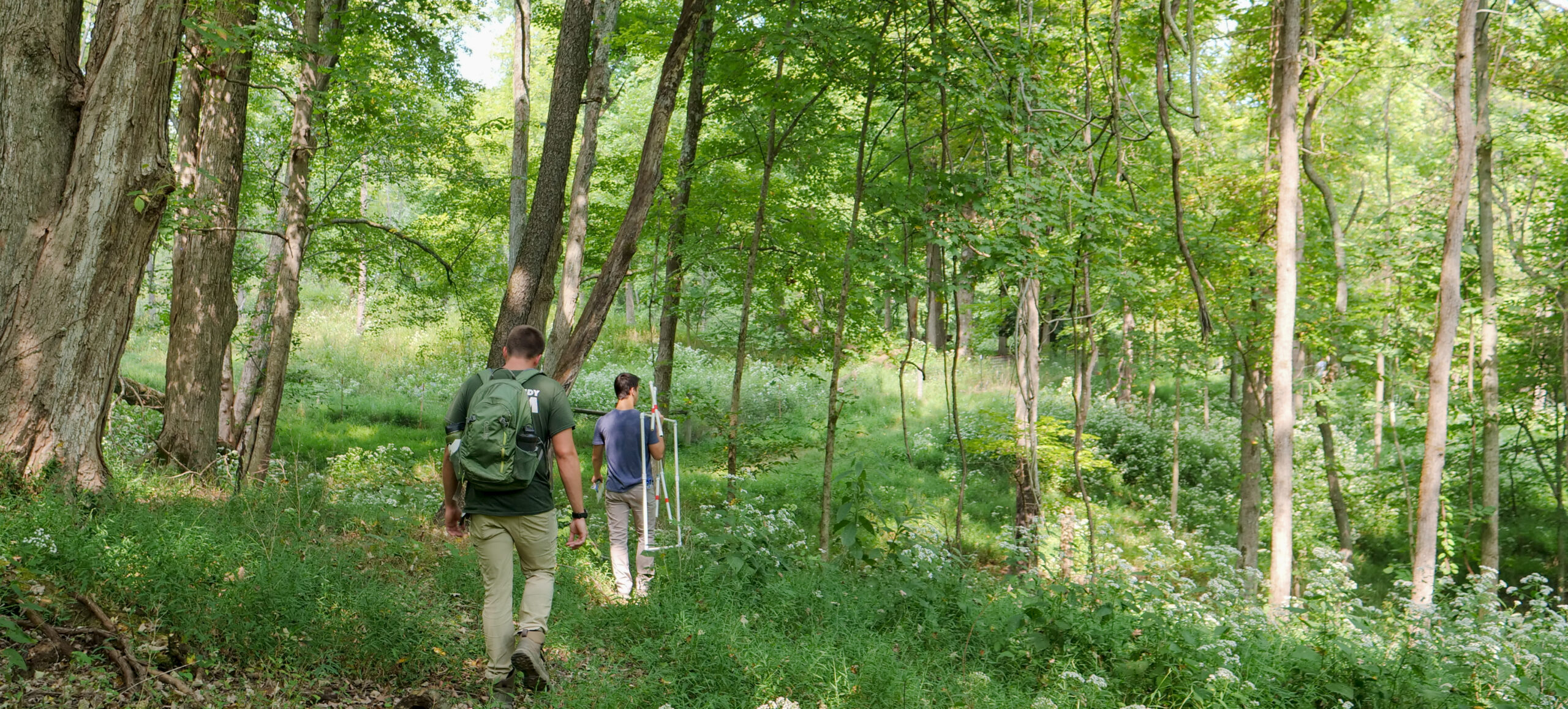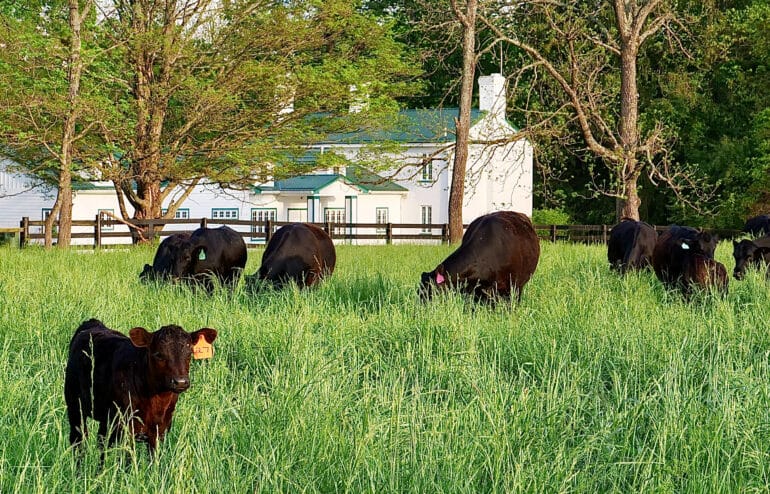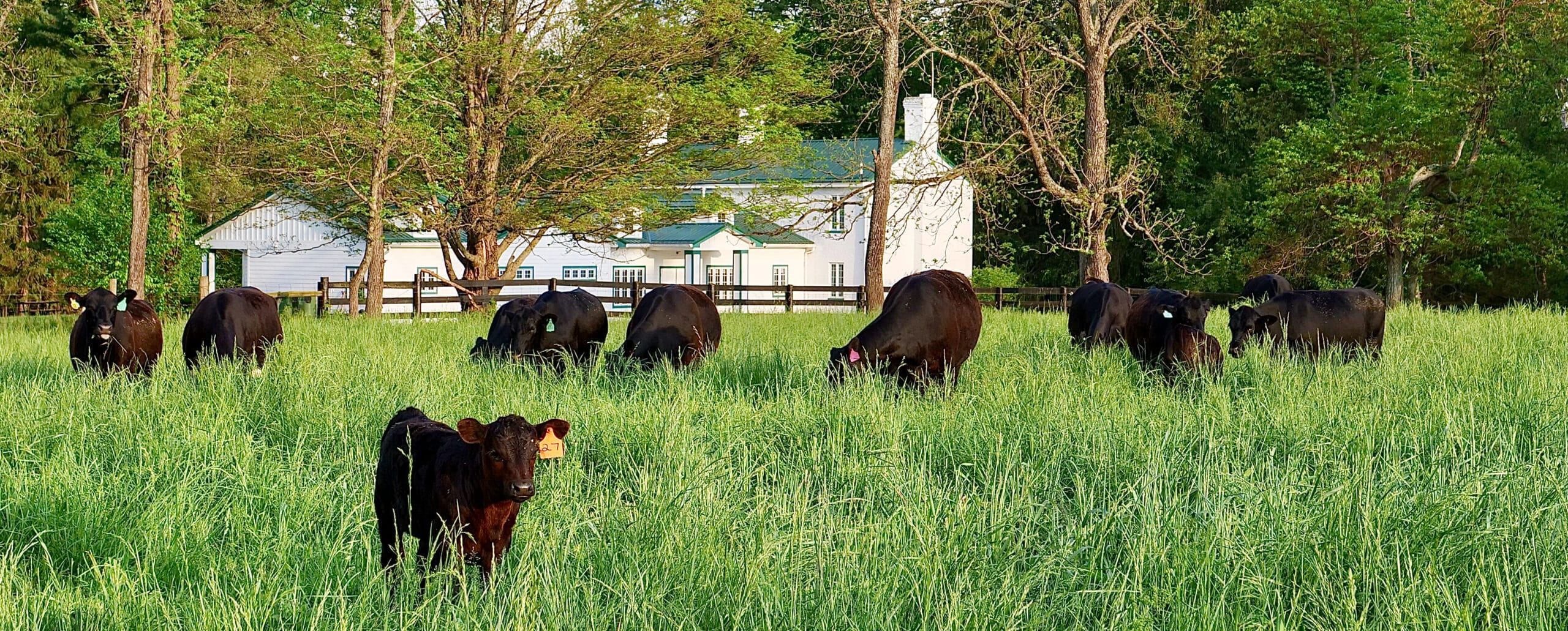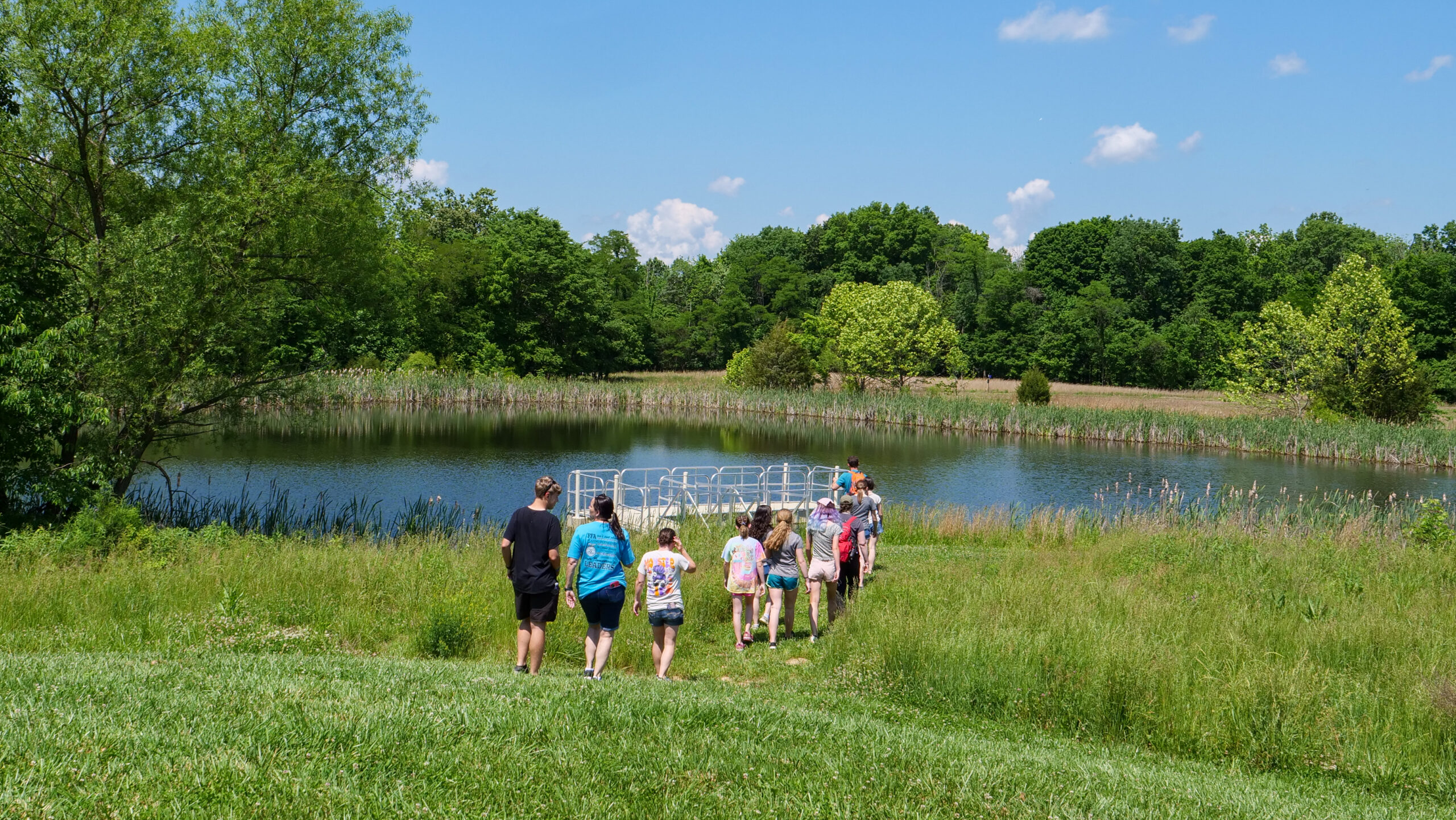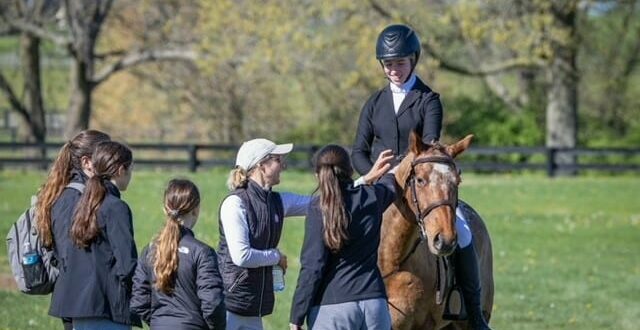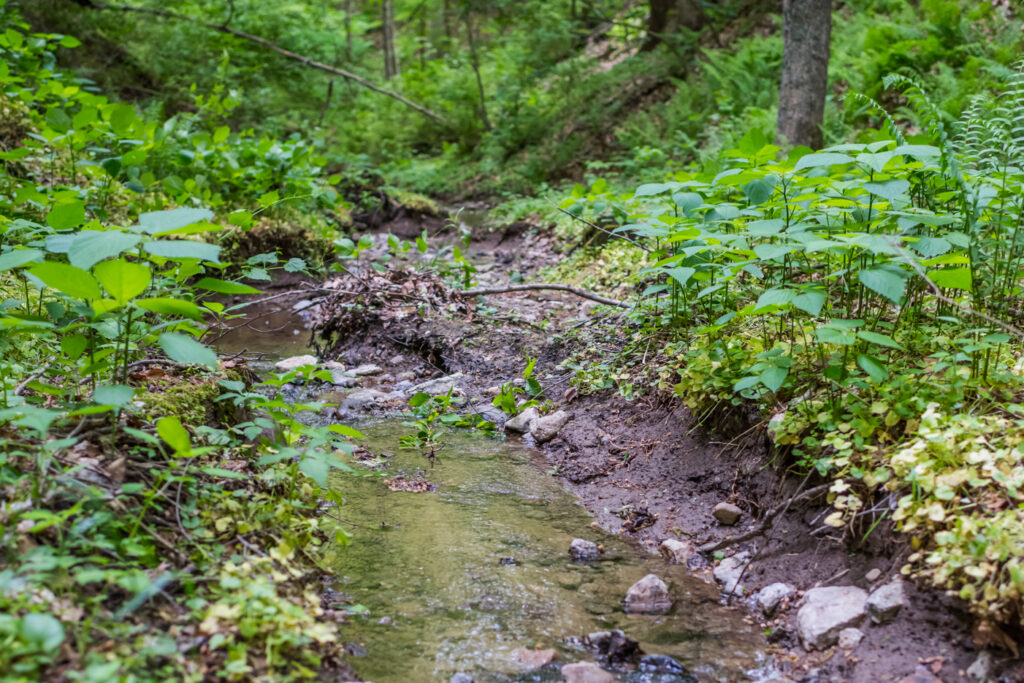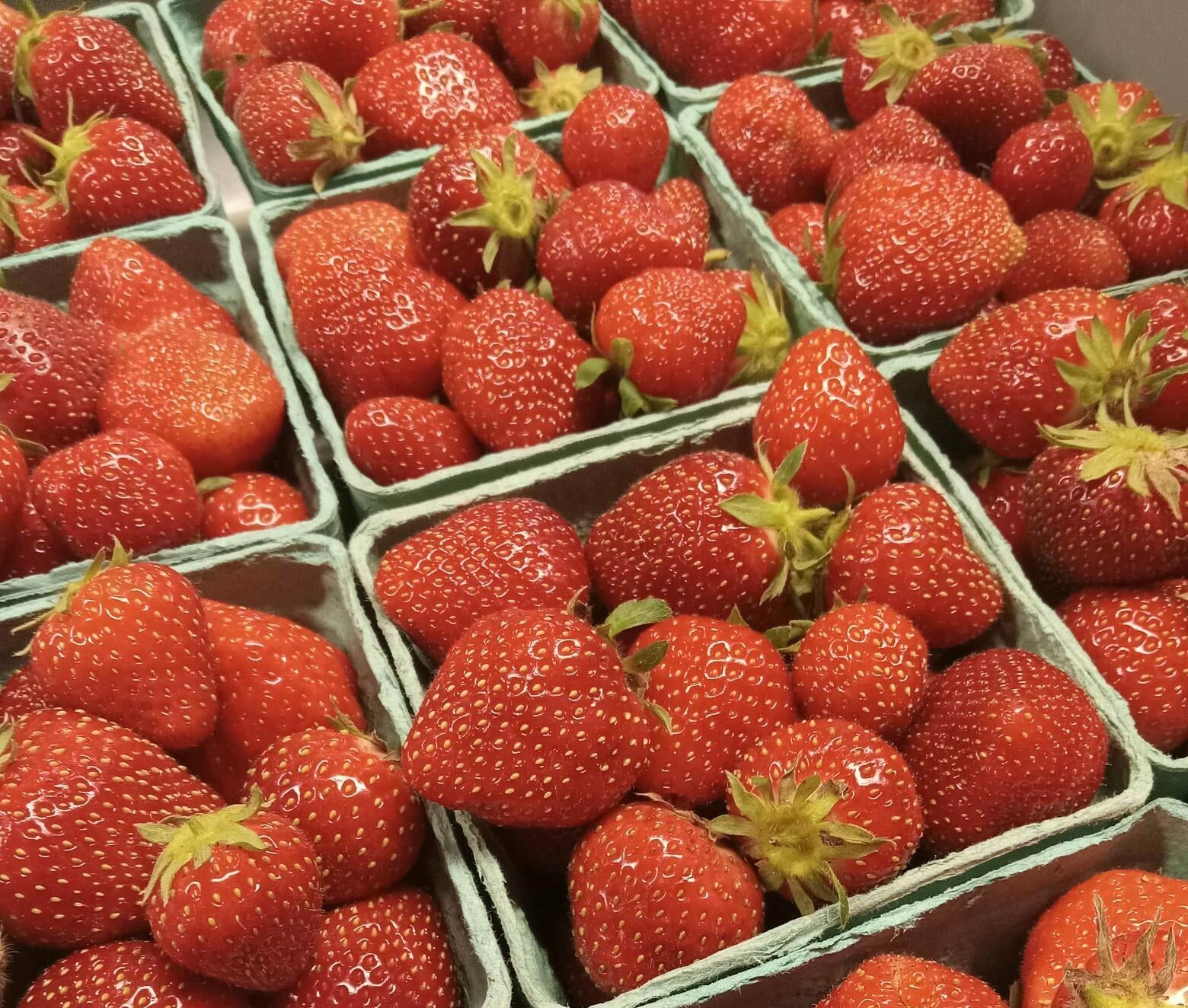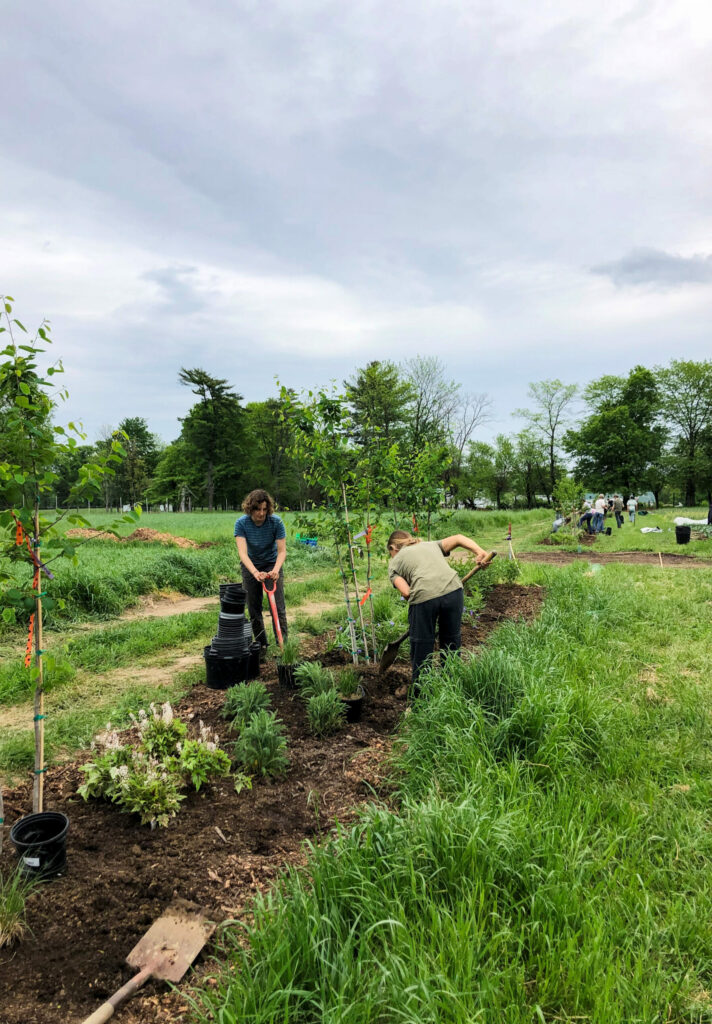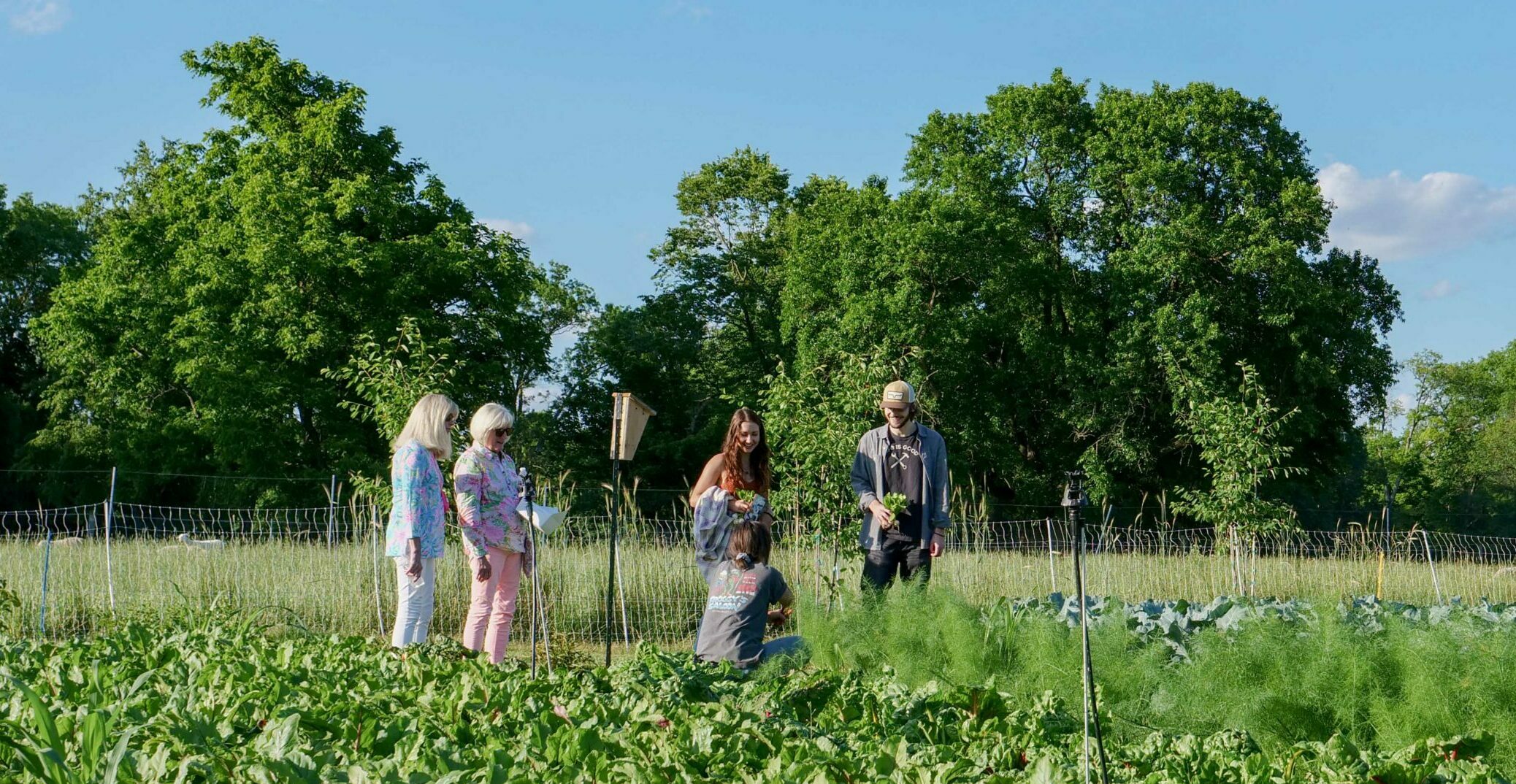
Celebration Concert Program
Welcome to Greenacres
Cincinnati Pops Orchestra
John Morris Russell, conductor
Cincinnati Ballet Second Company – CB2
Yoshi Arai, Director of Second Company – CB2
May Festival Chorus
Matthew Swanson, Director of Choruses
Members of the Cincinnati Opera
Mikaela Bennett, soprano
Terrence Chin-Loy, tenor
Soren Pederson, baritone
——————–
John Stafford Smith
arr. Rudolf
The Star-Spangled Banner
Leonard Bernstein
Overture to Candide
Leonard Bernstein
“Tonight” (Balcony Scene)
from West Side Story
Leonard Bernstein
“Make Our Garden Grow”
from Candide
Nikolai Rimsky-Korsakov
Movement II, The Tale of Prince Kalendar,
from Scheherazade
Igor Stravinsky
Selections from Pulcinella Suite
Sinfonia
Serenata
Tarantella
Toccata
Finale
Franz Joseph Haydn
“The Heavens are Telling,”
from The Creation
John Williams
“Hedwig’s Theme” and “Harry’s Wondrous World”
from Harry Potter and the Sorcerer’s Stone
John Williams
Main Theme
from Jurassic Park
Claude-Michel Schonberg
arr. Kunzel and Reineke
Selections from Les Miserables
John Philip Sousa
arr. Kunzel
The Stars and Stripes Forever



